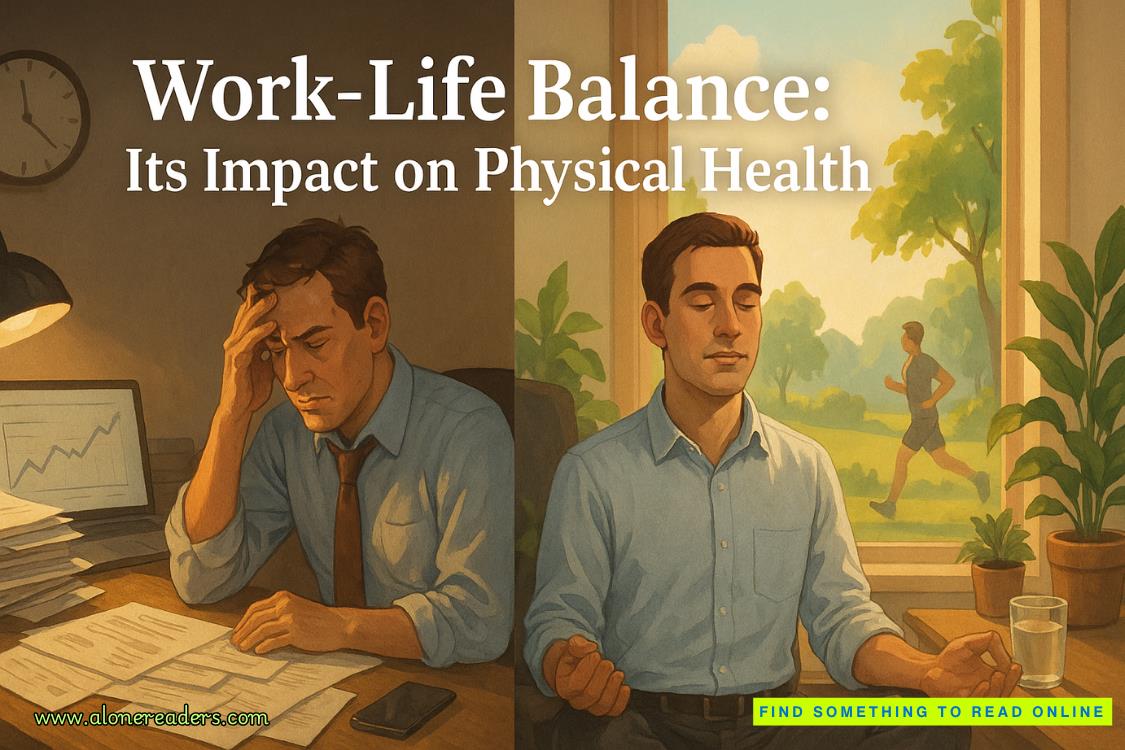Page 49 of Our Last Resort
“Wait!”
I ran after him. Clearly, we’d messed up—taken too long to find the town center, lingered a few too many minutes on the sidewalk.
Soon I was running so fast I couldn’t feel my legs. My chest burned. I kept pumping my arms, launching myself forward. My feet were as heavy as rocks; my calves were on fire.
Once Émile’s world was in view again, Gabriel slowed.
“Time?” I asked between choppy breaths.
He looked at the stopwatch. His shoulders relaxed.
“One minute,” he said, then let out a long exhale.
We were back, two furtive animals having outrun a pack of wild wolves, two kids and their fear nipping at their feet.
Every day at dawn, I met Émile in his office. We sat together at his desk. It was just big enough for two people to fit there side by side.
The memory of those times: golden, warm, bright. Sacred.
He always had work waiting for me.
It wasn’t very difficult work, but it demanded all my attention. There were documents to print, pamphlets to sort into piles. Émile pulled books from a shelf and asked me to read passages out loud for him. After a couple of weeks, he asked me to proofread his own writing.
“You want me,” I said, “to proofread…you?”
“Yes. I want to know what you think.”
No one had ever wanted to know what I thought.
The first time I found a typo, my neck stiffened.
It wasn’t a pleasant task, having to tell Émile he had made a mistake.
Maybe it was another test. Maybe I was supposed to pretend I hadn’t seen the typo.
Or maybe he had made it on purpose. Maybe he wanted to see if I was ready to be honest with him.
“Here,” I said, my pointer finger on the extraninplannet.“I don’t think that’s right?”
Émile leaned over my shoulder to look. He frowned.
Oh, no.
“Good catch,” he said. “Thank you.”
The sweetness, then, of this powerful man, was so moving.
The next day, he plopped a binder on my side of the desk.
“Open it,” he said.
The binder was full of numbers. There were tables and spreadsheets.
“Accounting,” Émile said. “Can you check the numbers for me?”
I said yes, even though I wasn’t sure whatchecking the numbersmeant.
It didn’t take me too long to figure it out. The numbers themselves showed me the way. It wasn’t rocket science: For each line, for each column, I had to follow a pattern (usually addition or subtraction) and make sure the numbers added up. When they didn’t, I affixed a small sticky label next to the problem area (this was called a flag, Émile said) and suggested a solution.















